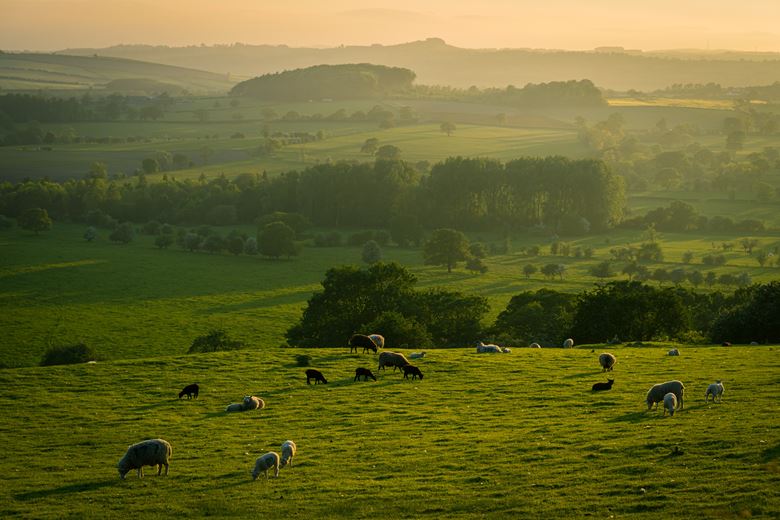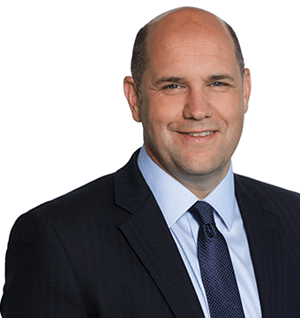What’s in Defra’s announcement about Countryside Stewardship 2022?
Defra has announced that 132 options under the Mid and High Tier Countryside Stewardship Scheme (CSS) had been reviewed. The majority of these have seen an increase in the payment rate.
The rates apply not only to new schemes entered from now on (start date 1st January 2023) but also for existing agreements, with payments back dated to 1st January 2022.
Defra will not issue new agreements with updated payments rates, so agreement holders will need to work out the changes themselves, and check that payments are correct in due course. If you would like help doing this, please contact your local Carter Jonas office.
Will Higher Level Countryside Stewardship payment rates change for 2022?
Old Higher Level Stewardship (HLS) agreements, which some farmers have rolled over to wait for the ELMS schemes, will not change. This is likely intended to encourage these farmers into the new schemes on offer now.
Stopping an existing HLS agreement and entering a new CSS scheme will mean a break in cashflow received in most cases, so farmers need to weigh up the options. Without any signs of multiple start dates for new CSS agreements, 1st January remains the only option, which could mean, in a worst-case scenario, that an HLS farmer has to wait 12 months for a cash benefit for their management.
How have payment rates changed for Countryside Stewardship in 2022?
You can view all the updated payment rates on the gov.uk website >
The average change between old and new rates is an increase of 30%.
Between 2022 and 2023 (i.e., all new agreements from now on), most rates don’t change again but some do. Of the nine options that do decrease between 2022 and 2023, there is an average 33% drop.
Which Countryside Stewardship options have decreased payment rates in 2022?
The biggest reductions most likely to affect farmers will be a drop in basic overwinter stubble by 31% to £58/ha, removal of the haymaking supplement and halving the payment for managing improvement organic permanent grass.
Which Countryside Stewardship options have increased payment rates in 2022?
It appears that a reduction in rates has been applied where expectations are low and wider policy wants to see a greater improvement – for example, while the payment for basic overwintered stubble has decreased, overwintered stubble (which would reduce soil erosion and retain nitrogen) has increased by 34% to £156/ha.
The difference between the old and new rate for overwintered stubble is £40/ha to plant 10% to 50% of the stubble area with a green cover crop and retain until 15th February, after which point it can be grazed or ploughed back in. This should mean a profit on the work involved, subject to the seed and method of establishment used.
The other attractive increases are around tree planting and a lot of options for grassland management, especially improving wet grassland areas.
Permanent pasture with very low inputs increases by 344% from £16/ha to £71/ha, but there are catches: you can’t cut the grass ley for hay until 1st July, supplement feeding is not allowed, and harrowing and rolling also isn’t allowed between 15th March and 30th June. The question remains as to whether £71/ha will be enough to tempt more farmers into cutting late hay. There is potentially a lot of land available for this option.
Other big increases in the arable options include a 53% increase for feeding farmland birds and a 171% increase for undersown cereal, which is now £233/ha.
Within organic land management, there are ten increases of at least 45% each, with an average increase of 129%. The only organic option with reduced rates is improved permanent grassland, likely because again wider policy wants to see a more radical improvement than simply managing permanent grassland organically.
Whilst there is encouragement to improve grassland management and to graze livestock less, through a 75% increase to seasonal removal of livestock from intensive grassland, 13% decrease for cattle grazing supplement and 39% decrease for livestock exclusion for scrub.
Is Countryside Stewardship 2022 overall going to be better for farmers than previous years?
One grassland farmer client with no special features on his farm has seen an increase of 16% - while not as headline-grabbing as the 30% it is still a helpful increase.
For another grass farm client who has some wet grazing, the change has meant an increase in their annual revenue payment from £3,600 to £5,100 (a 41% increase) – a substantial improvement to an already attractive scheme.
This added bonus should encourage more farmers into entering a scheme this year ready for a 2023 start, to cover some of the lost income from BPS.
What other schemes are currently available?
This is only one environment grant and when ELMS is fully released, there will be other grants that can sit alongside Stewardship options.
Defra has also confirmed that private schemes (for example, carbon sequestration), providing they provide different benefits so that there isn’t double funding, will be allowed in the future to help farmers full bridge the gap in income lost from BPS.
For further information on Countryside Stewardship options, please contact your local Carter Jonas office.
@
Get in touch
Chris Turner is a Rural Partner for Carter Jonas based in the Winchester office. Chris has 15 years qualified experience working with rural estates and private clients across the South East. Chris' principle work involves valuations, estate management, landlord and tenant work and general professional advice to rural landowners, managers and tenants.



